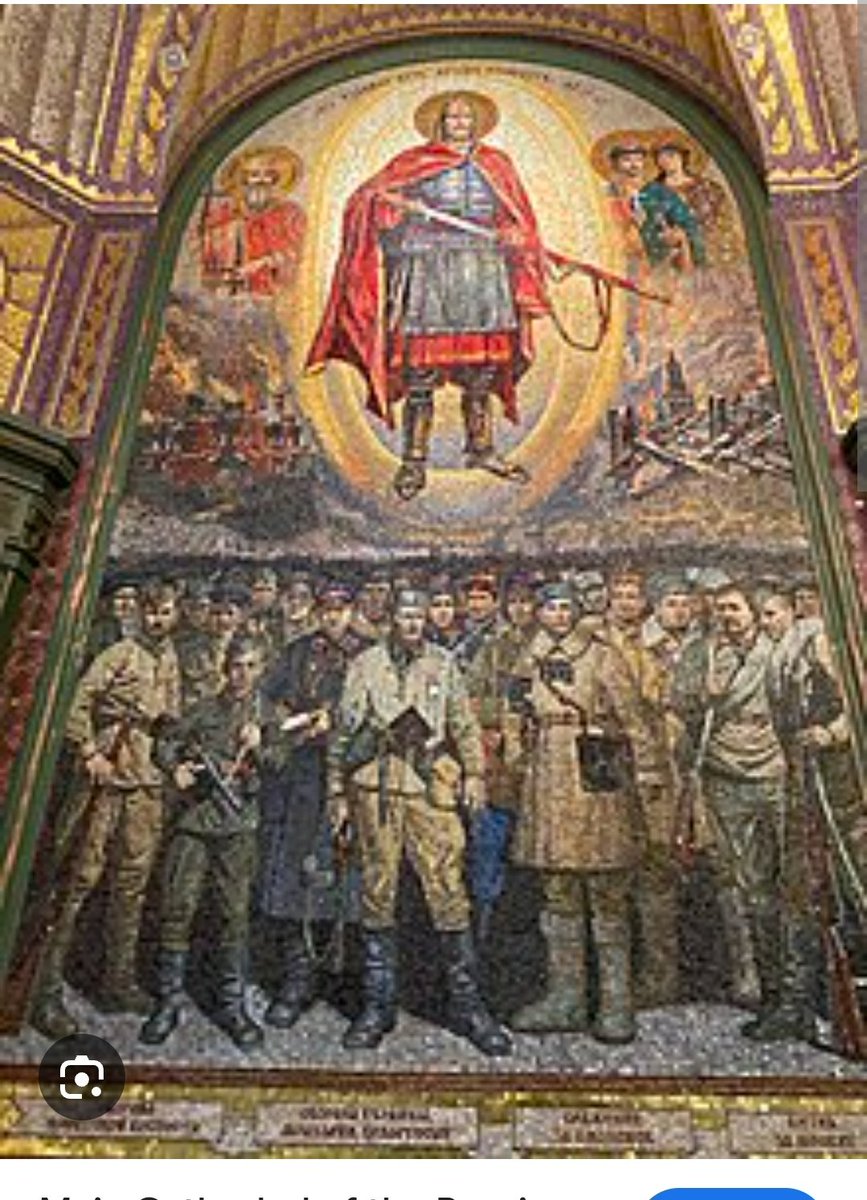#CIA was already involved in massive cyber hackings of its enemies.
Is revealed by Yahoo that in 2018 Trump practically allowed CIA to engage in unrestricted cyber terrorism to collapse a country's infrastructure and plunge it into chaos in order to...
news.yahoo.com/secret-trump-o…
Is revealed by Yahoo that in 2018 Trump practically allowed CIA to engage in unrestricted cyber terrorism to collapse a country's infrastructure and plunge it into chaos in order to...
news.yahoo.com/secret-trump-o…
bring about the regime change. Like WikiLeaks, CIA can hack & leak (dump). It released personal info of all the customers of an #Iranian bank, as well as personal info of many Iranian officials. So when the US accuses others of #CyberWar, it's projecting its own #Cyberterrorism.
So much for "Rule Based Int'l Order" which the US led West tout so much about & is used as the dog whistling to rally agst #China
It's a sick joke.
China , #Russia and other targeted countries be ware!
Besides US humanitarian #terrorism, we now have the US Cyber Terrorism
It's a sick joke.
China , #Russia and other targeted countries be ware!
Besides US humanitarian #terrorism, we now have the US Cyber Terrorism
CIA hacks China massively. As a reciprocal gift, China should hack right back.
There should either be an international treaty forbidding hacking, or freedom of hacking rights. Given #USA wouldn't sign a burdensome treaty which hampers its criminal penchant, then hack & let hack
There should either be an international treaty forbidding hacking, or freedom of hacking rights. Given #USA wouldn't sign a burdensome treaty which hampers its criminal penchant, then hack & let hack
Everything FBI accuses China of applies to US multiplied x100. It's the US which has been mass hacking in all countries and stealing whatever information useful to its industries. Vast cohorts of cold war CIA spies converted to industrial espionage after the fall of USSR. 

• • •
Missing some Tweet in this thread? You can try to
force a refresh









